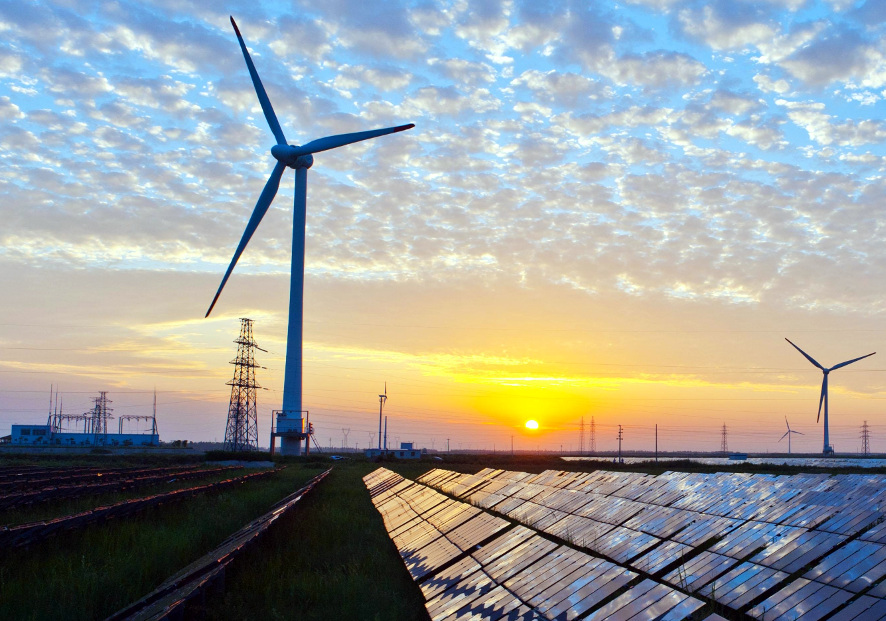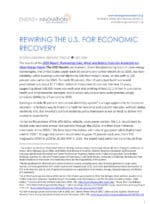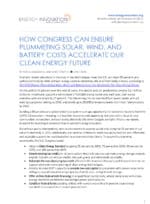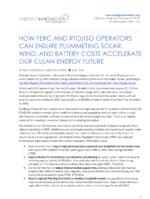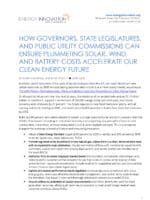New research shows plummeting renewable energy and storage prices mean the United States can reliably reach 90 percent clean electricity by 2035 at no extra cost, supporting 530,000 new jobs per year, and cutting economy-wide emissions 27 percent.
The 2035 Report
The 2035 Report, authored by the University of California, Berkeley’s Goldman School of Public Policy and GridLab, demonstrates that the United States can reliably hit 90 percent clean energy by 2035 without increasing customer bills from today’s levels. Hitting 90 percent clean energy would inject $1.7 trillion of private investment into the economy over 15 years and reduce wholesale power prices 10 percent.
Rewiring the U.S. For Economic Recovery
This companion report outlines technology-neutral policy recommendations for Congress, federal departments and agencies, national laboratories, governors and state legislators, public utility commissions, and wholesale electricity markets to reach 90 percent clean electricity by 2035 in the United States.
Policy Recommendations
These policy recommendations to support rapid electricity sector decarbonization are broken down for Congress, the federal government, governors and state legislators, and wholesale markets.
- Policy recommendations for Congress
- Policy recommendations for federal departments, agencies, and national labs
- Policy recommendations for FERC and RTOs/ISOs
- Policy recommendations for governors, state legislatures, and public utility commissions
Online Data Explorer
This dynamic online data explorer supports the 90 percent clean by 2035 research by allowing anyone to see how the grid’s generation mix, cumulative clean energy additions, and greenhouse gas emissions reductions change over time in each of the country’s regional grid areas.
Environmental Graphiti Digital Paintings
This series of five digital paintings based on the graphic data included in the 2035 report was created by internationally recognized artist Alisa Singer, who uses her art to communicate the compelling science of climate change. After reading the 2035 Report, she was inspired to create the digital paintings, which artistically interpret the report’s tables and graphs visualizing the scaling up of renewable energy, associated emissions reductions, and jobs years generated over time.
The works are part of her Environmental Graphiti project, which aims to dramatize climate data, making it more accessible to the public.
